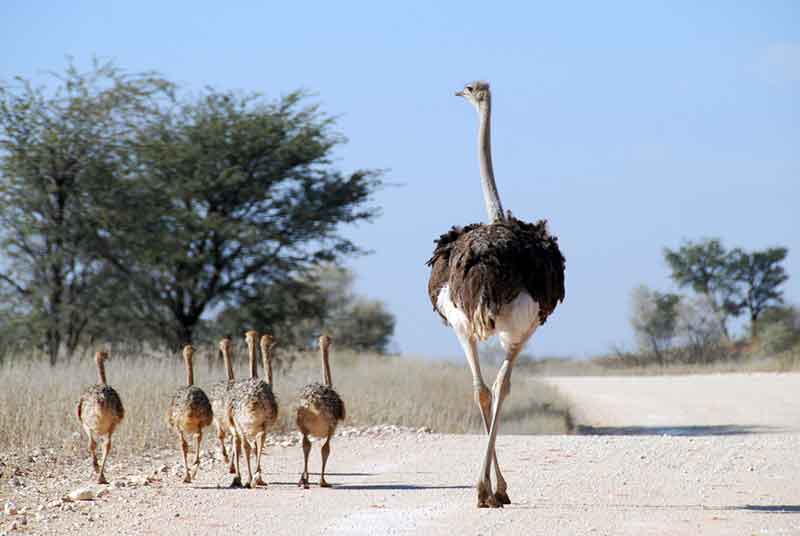Winged Giants: Exploring the World’s 10 Biggest Birds

Birds come in all shapes and sizes, and some of the largest species can be truly awe-inspiring. From flightless giants to soaring predators, the world’s biggest birds are diverse and fascinating. Here are the 10 biggest birds in the world.
- Ostrich: The ostrich is the largest bird in the world, weighing up to 320 pounds and standing over 9 feet tall. They are flightless and can run up to 43 miles per hour.
- Emu: The emu is the second-largest bird in the world and can reach up to 6.2 feet in height. They are native to Australia and can run up to 30 miles per hour.
- Southern cassowary: The southern cassowary is a large flightless bird native to Australia and New Guinea. They can weigh up to 167 pounds and stand up to 6.6 feet tall.
- Emperor Penguin: The emperor penguin is the tallest and heaviest of all penguin species, standing up to 4 feet tall and weighing up to 88 pounds.
- Greater Rhea: The greater rhea is a flightless bird native to South America. They can reach up to 5.2 feet in height and weigh up to 88 pounds.
- Dalmatian Pelican: The Dalmatian pelican is one of the largest pelican species, with a wingspan of up to 11 feet and weighing up to 33 pounds.
- Andean Condor: The Andean condor is one of the largest flying birds in the world, with a wingspan of up to 10 feet and weighing up to 33 pounds.
- Kori Bustard: The kori bustard is a large terrestrial bird found in Africa. They can reach up to 4 feet tall and weigh up to 44 pounds.
- Philippine Eagle: The Philippine eagle is one of the largest eagle species, with a wingspan of up to 7 feet and weighing up to 20 pounds.
- Trumpeter Swan: The trumpeter swan is the largest waterfowl species native to North America, with a wingspan of up to 10 feet and weighing up to 32 pounds.
These are just a few of the amazing and fascinating birds that exist in the world. Each species has its unique characteristics, and they all play an essential role in the ecosystems they inhabit.
Picture Courtesy: Google/images are subject to copyright








